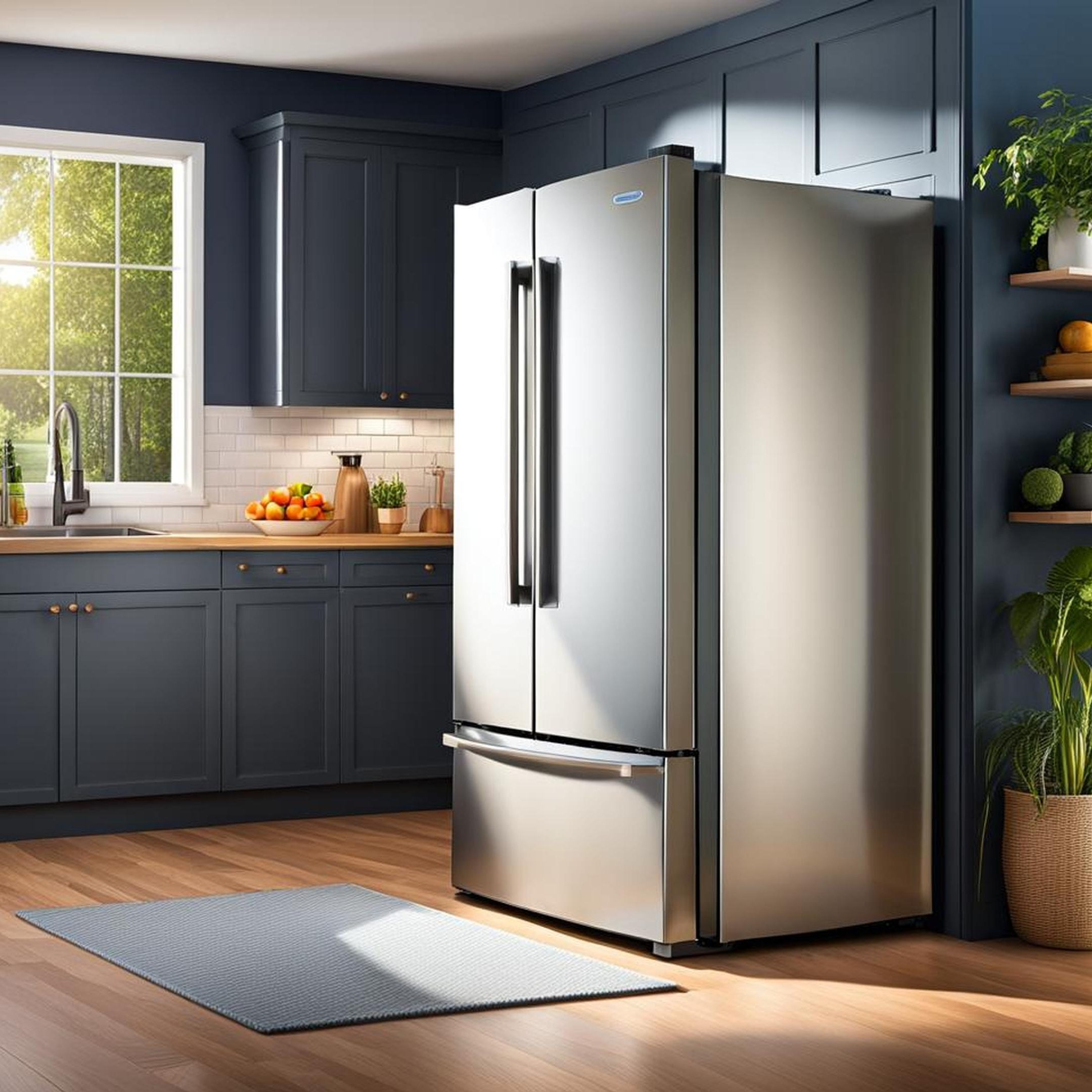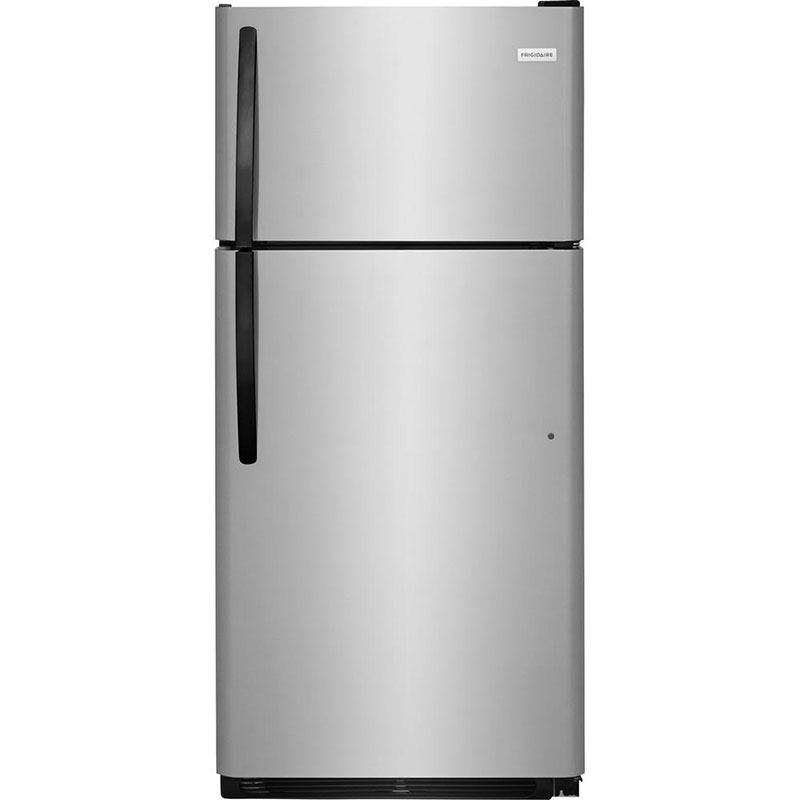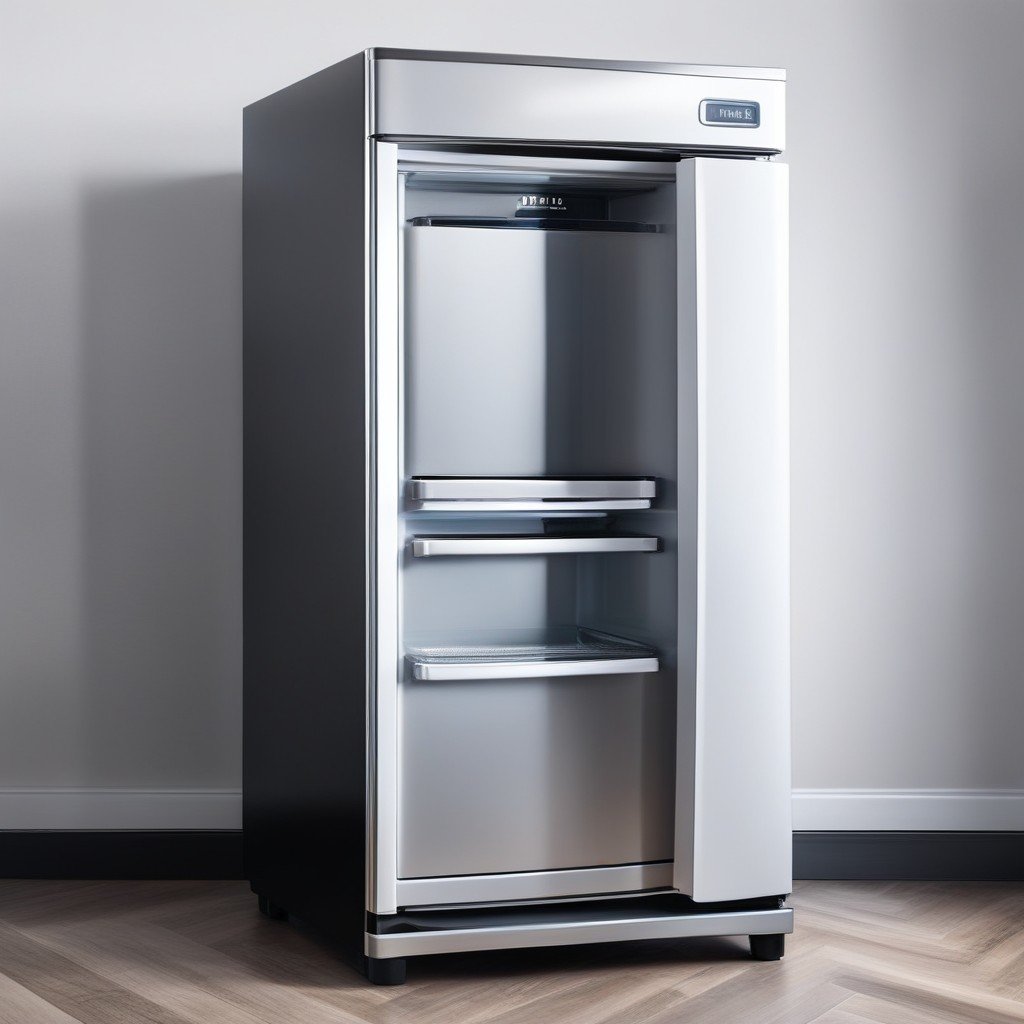Introduction: Refrigerator Power Consumption
When considering a refrigerator’s energy consumption, one of the most common questions arises: how many watts does a refrigerator take? Understanding the power requirements of a refrigerator is essential for homeowners, particularly in terms of budgeting and energy efficiency. This article not only tackles this crucial question but also explores the various factors that affect a refrigerator’s energy usage, the benefits of energy-efficient models, and tips for optimizing energy consumption.
Understanding the Basics of Refrigerator Power Consumption
Before diving into specifics, it is essential to grasp the basic principles of how a refrigerator operates and the factors influencing its power consumption.
The Refrigeration Cycle Explained
To understand how refrigerators consume power, let’s briefly review the refrigeration cycle. A refrigerator works by transferring heat from its interior to the external environment, thereby keeping the internal compartment cool. This cycle involves components such as the compressor, evaporator coils, condenser coils, and refrigerant.
- Compressor: This is the heart of the refrigerator. It circulates the refrigerant and compresses it, raising its pressure and temperature.
- Condenser Coils: Here, the heated refrigerant releases its heat to the environment, allowing it to condense into a liquid.
- Evaporator Coils: The liquid refrigerant absorbs heat from inside the refrigerator, turning back into gas to restart the cycle.
Each step in this cycle consumes electricity, resulting in varying wattage levels at different stages of operation.
Measuring Wattage: What Do the Numbers Mean?
Refrigerator wattage can typically be measured in two ways: running watts and starting watts.
- Running Watts: This refers to the average electricity consumed by the refrigerator during regular operation. Most standard-sized refrigerators use between 100 to 800 watts.
- Starting Watts: This occurs when the refrigerator first powers on. The initial surge can require up to three times the running wattage due to the compressor’s mechanics. This can range anywhere from 500 to 4,000 watts, depending on the size of the refrigerator and its design.
Understanding both metrics is crucial for homeowners when assessing their energy usage and managing their electric bills effectively.
Factors Affecting a Refrigerator’s Energy Consumption
To accurately determine how many watts does a refrigerator take, one must consider several factors that can influence energy consumption.
Size and Capacity of the Refrigerator
Larger refrigerators typically consume more electricity than smaller ones due to their increased storage capacity and need for more powerful components to cool a larger area. For instance:
- Compact Refrigerators: May use between 50 to 200 watts.
- Standard Refrigerators (18 to 22 cubic feet): Generally use about 100 to 800 watts.
- Large or French-Door Refrigerators: Can use anywhere from 300 to 1,000 watts.
Type of Refrigerator
The design and type of refrigerator significantly affect its energy efficiency.
- Top-Freezer Refrigerators: Generally more energy-efficient than bottom-freezer models. They often range from 100 to 400 watts.
- Side-by-Side Refrigerators: These models are convenient but typically consume more power, often between 300 to 800 watts.
- French-Door Refrigerators: Known for their spaciousness and style, they are often among the most energy-intensive, with power consumption ranging from 400 to 1,000 watts.
Age and Condition of the Appliance
Older refrigerators tend to be less energy-efficient than newer models, primarily due to outdated technology and less effective insulation. According to the U.S. Department of Energy, refrigerators manufactured before 1993 can consume significantly more electricity, often exceeding 1,000 watts.
Regular maintenance, such as cleaning the coils and ensuring proper seals on the doors, can help improve an older refrigerator’s energy efficiency.
Energy Efficiency Ratings
Most refrigerators come with an Energy Guide label that estimates their annual energy consumption. A higher Energy Star rating generally indicates a more energy-efficient appliance.
The Energy Star program specifies that certified refrigerators use at least 9% less energy than the federal minimum standard, making them a more attractive option for consumers looking to minimize electricity costs.
 The Benefits of Energy-Efficient Refrigerators
The Benefits of Energy-Efficient Refrigerators
What are the incentives for purchasing an energy-efficient refrigerator? Beyond merely saving on utility bills, energy-efficient appliances come with numerous advantages that can enhance the overall living experience.
Cost Savings Over Time
While energy-efficient models often have a higher upfront cost, they can lead to significant savings in the long term. On average, an energy-efficient refrigerator can save consumers anywhere from $50 to $150 annually on electricity bills.
Environmental Impact
By reducing energy consumption, you are also minimizing your carbon footprint. A more efficient refrigerator consumes less electricity, leading to a lesser demand on power plants and reduced greenhouse gas emissions.
Improved Performance and Features
Recent energy-efficient models often come equipped with improved technology that ensures better cooling performance and temperature stability. Such features include:
- Smart Temperature Control: Keeps contents at optimal temperatures automatically.
- Advanced Insulation: Minimizes energy waste.
- Inverter Compressors: Adjusts the cooling output according to the load inside, leading to additional energy savings.
How to Optimize Refrigerator Energy Consumption
Even the most efficient refrigerators can consume excessive energy if not used properly. Here are some tips for optimizing your refrigerator’s energy consumption:
Location Matters
Place your refrigerator away from heat sources like ovens, stoves, and direct sunlight. Excess heat can force your appliance to work harder, leading to unnecessary energy consumption.
Set the Right Temperature
For optimal energy performance, set your refrigerator to 37°F (3°C) and the freezer to 0°F (-18°C). Temperatures higher than these settings can allow food to spoil faster, while lower temperatures lead to more energy consumption than necessary.
Keep It Full, But Not Overloaded
Keeping your refrigerator stocked helps maintain efficiency. filled shelves actually help maintain temperature when the door is opened. However, avoid overloading, as this can block air circulation and lead to inefficient cooling.
Regular Maintenance
Clean the compressor coils at least once a year to ensure that your refrigerator operates efficiently. Additionally, check door seals for wear and tear to avoid cool air leaks.
Energy-Efficient Practices
Practice energy-efficient habits such as:
- Limiting door openings
- Keeping the refrigerator stocked but not overcrowded
- Allowing hot food to cool before placing it inside
 The Future of Refrigerators: Trends in Energy Efficiency
The Future of Refrigerators: Trends in Energy Efficiency
As technology advances, refrigerators are evolving to become more energy-efficient. Numerous trends are emerging in the market, which promises promising benefits for consumers.
Smart Refrigerators
Smart refrigerators come equipped with Wi-Fi connectivity, allowing users to monitor and control settings through smartphone applications. These modern appliances often feature energy-saving modes and alert systems when the door remains open too long.
Eco-Friendly Refrigerants
The choice of refrigerant can greatly affect a refrigerator’s environmental impact. Newer models utilize eco-friendly refrigerants that minimize ozone depletion and global warming potential.
Advanced Insulation Technology
Recent innovations have led to improvements in insulating materials, contributing to enhanced energy efficiency. Effective insulation ensures minimal energy loss, allowing refrigerators to maintain internal temperatures with less energy input.
Conclusion: How Many Watts Does a Refrigerator Take?
Ultimately, the question “how many watts does a refrigerator take?” cannot be answered with a single figure due to the myriad factors affecting energy consumption. However, understanding the basics of refrigerator power consumption, the impact of size, design, age, and energy labeling can guide consumers in making informed decisions.
Whether you opt for an energy-efficient model or look for ways to optimize your existing refrigerator’s power consumption, it’s clear that both choices can lead to substantial long-term benefits in terms of energy savings, cost-effective electric bills, and a reduced carbon footprint. As technology continues to advance, the future holds even more promise for energy-efficient refrigeration.

